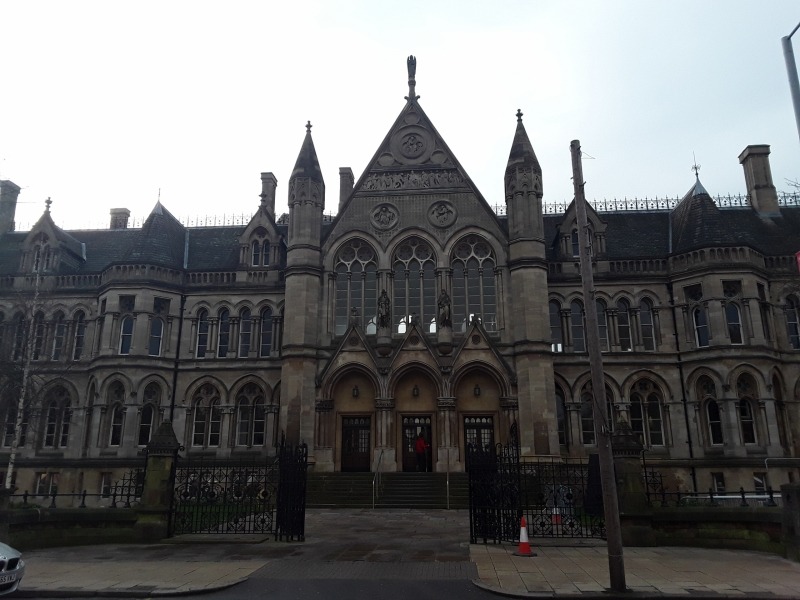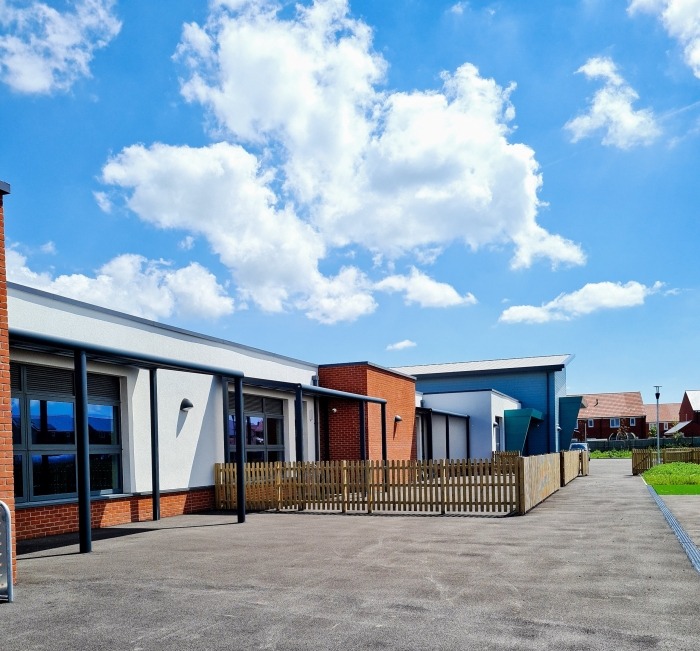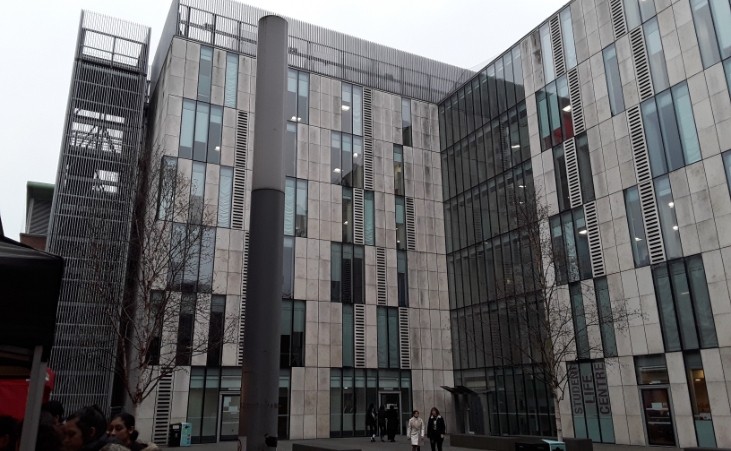The education sector is very diverse in its fire safety needs and Karntek have experience in inspecting at everything from primary schools, private schools, colleges, technology centres, scientific research centres and universities.
We inspect student accommodation blocks, student hubs, classrooms, laboratories, gyms, sports facilities, auditoriums, theatres, libraries and all other associated buildings on site.
One to watch out for
Over the last decade there has been a definite trend towards having more “collaborative” teaching areas. Typically this includes creating more open spaces. To achieve this often the fire compartmentation structure of the original buildings is significantly changed, especially where two older buildings are joined together by a new section of building in between.
Have you created open spaces in your buildings that weren’t there before?
Whilst inspecting these properties we see non-fire rated glazed partitions in the place of fire compartment walls and ceilings, especially where there is an atria that goes up one or more floors. This is not just a risk for life safety but also building protection. When refurbishments take place it is important that the fire safety is not compromised. Data and electrical cabling, pipework and ducting pass through fire barriers and care must be taken to check that these have been fire-stopped following these activities.
Have you checked for any penetrations through fire barriers since works have been carried out?
The building usage will effect the fire safety. For example in a primary school, the children can react in an unpredictable manner in the event of fire. In a high school, the fire risk is higher with arson being a common issue. High schools and colleges have canteens, laboratories and computer rooms, to name a few. All these come with their unique fire risks, which must be taken into account.
These busy teaching spaces are connected by a network of corridors with double doors often held open on fire alarm connected hold-open devices. Where high use doors are not held open in these environments, the doors are subjected to knocks and they endure a lot of wear and tear.
It is essential that these fire doors are checked and maintained frequently.
Providing for students with special needs adds extra responsibilities for asset and estates managers, especially to ensure they are kept safe and protected at all times.
“They have been working on a variety of projects throughout the University’s Residential building stock and this began with FRAs. Their fire risk assessments are very clear, concise and easy to understand with graded actions detailing what we should consider within our building fire strategies.” – client from Cardiff
Frequently asked questions
The most likely answer is yes. If your building is a domestic dwelling and a single private dwelling with no communal areas it is not required, if unsure, review Article 6 of the RRFSO.
Whatever type of evacuation policy your building has, it is important that it is split into compartments so that any fire is restricted within a certain area for a certain time which would allow the occupants to move to an area of safety.
Access more information here
Unsure? Confused? Worried? Click here to ask a question



